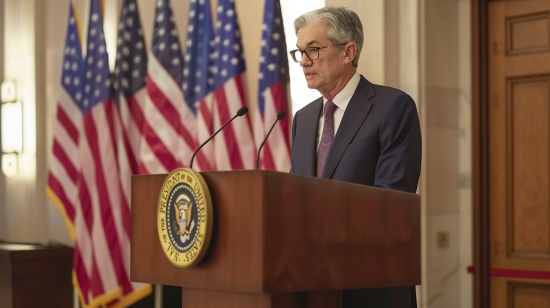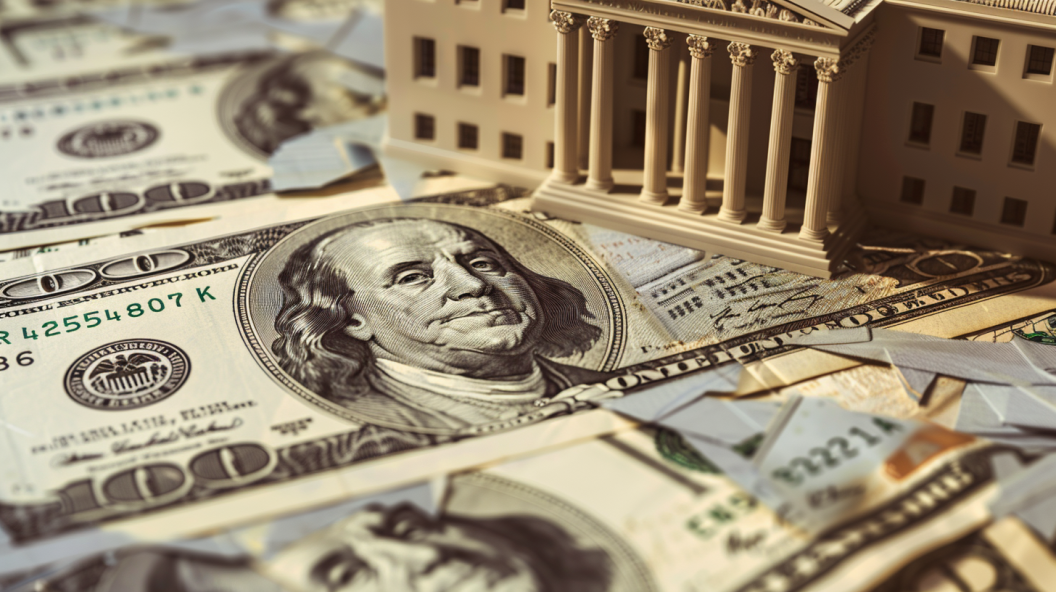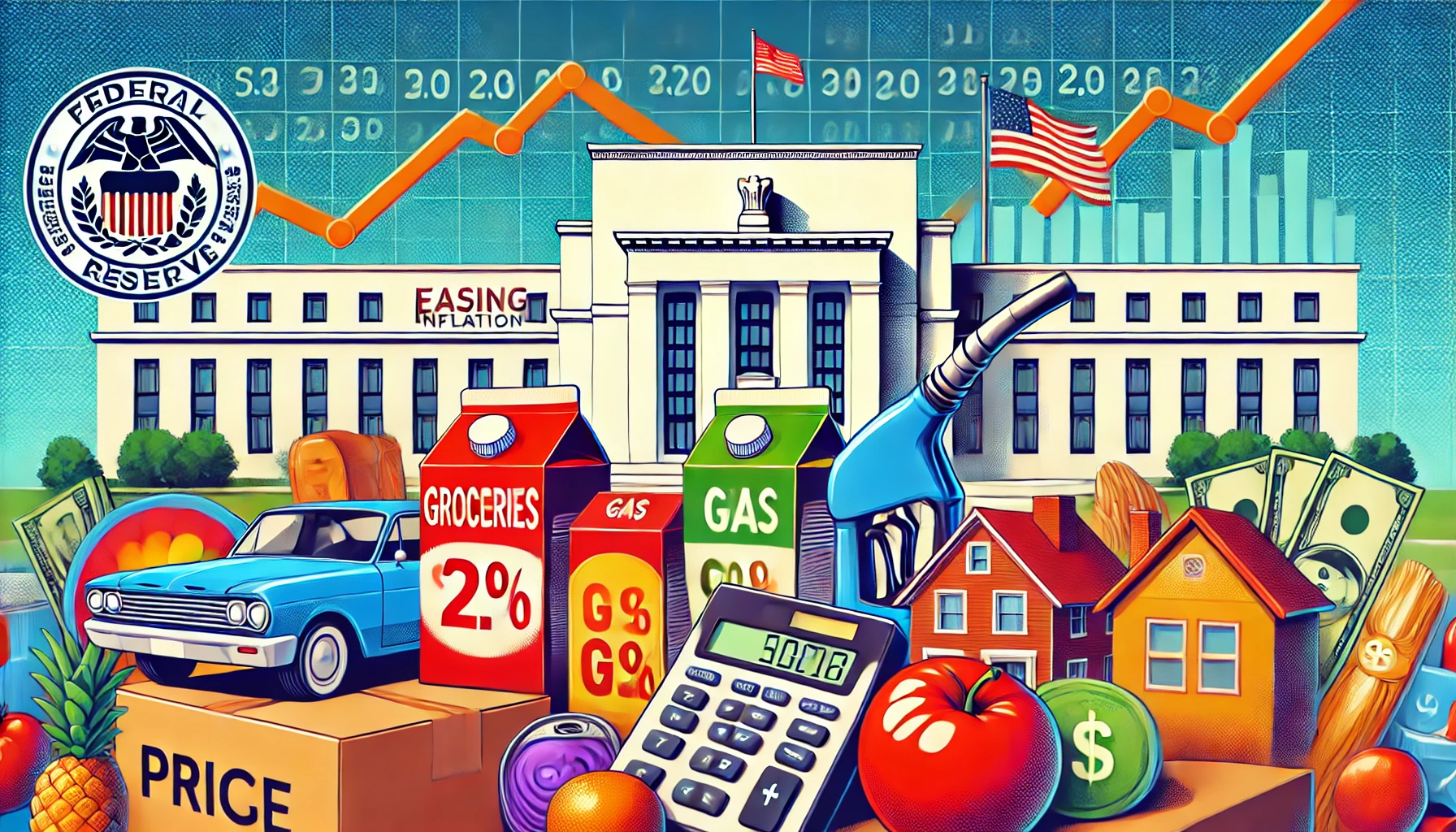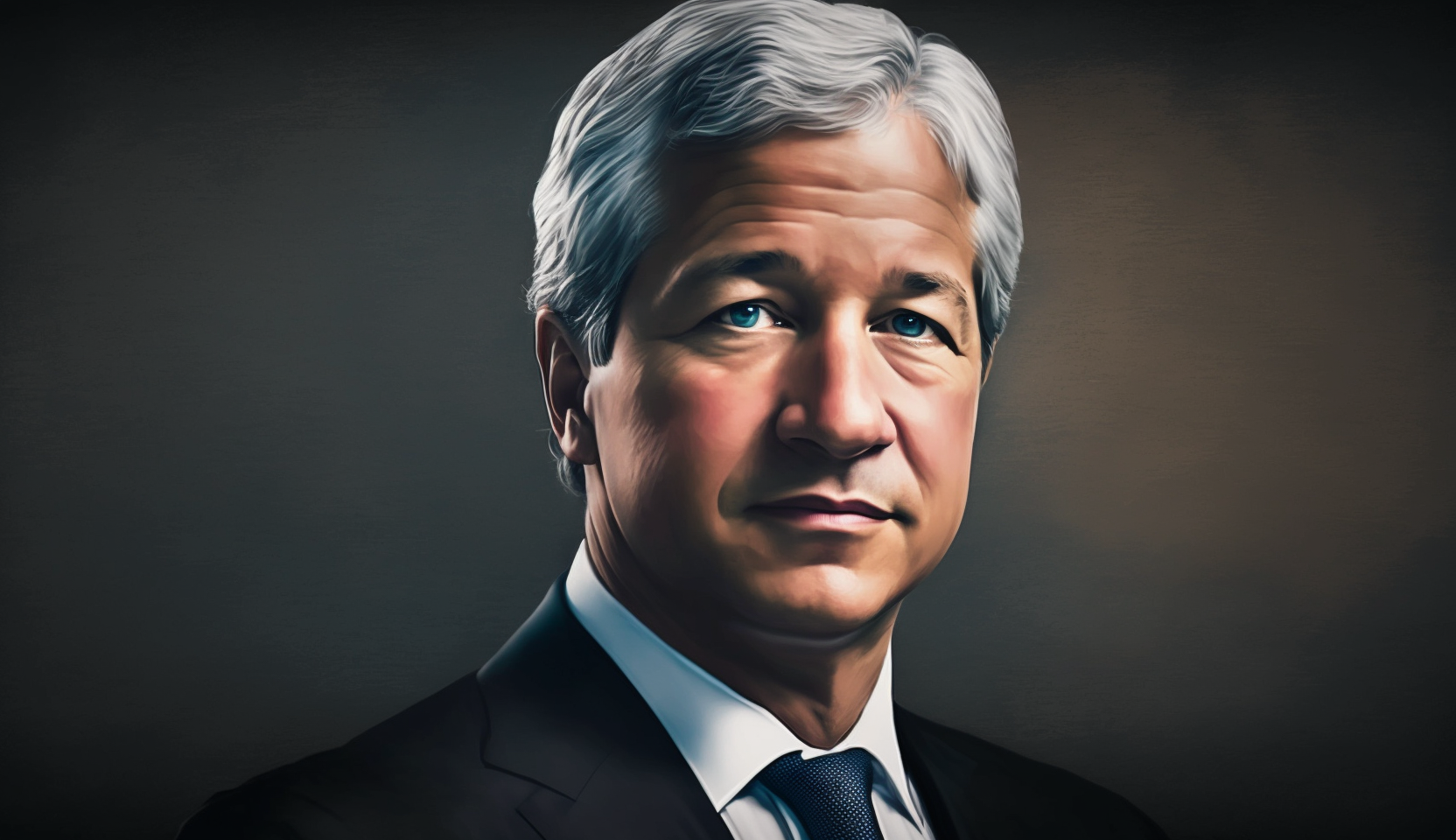| Key Points: – Significant downward adjustment in U.S. employment data – Diverging views on implications of backward-looking data – Labor market concerns shape Fed’s policy path forward |
The U.S. economy employed 818,000 fewer people than originally reported as of March 2024, according to a government revision. This substantial adjustment suggests the labor market may have been cooling much earlier than initially thought.
The Bureau of Labor Statistics’ annual data revision showed the largest downward changes in the professional and business services industry, which saw a reduction of 358,000 jobs, and the leisure and hospitality sector, which experienced a 150,000 job cut. These revisions move the monthly job additions down to 174,000 from the initial 242,000.
While Omair Sharif of Inflation Insights described the adjusted growth rate as “still a very healthy” one, the revised figures raise concerns about the true state of the labor market. Economists, however, caution against overreacting, noting that the realization of fewer jobs created “does not change the broader trends” in the economy.
The timing of this revision is particularly significant, as recent signs of labor market slowing have fueled debates about the Federal Reserve’s monetary policy stance. The weak July jobs report and the rise in the unemployment rate, which triggered a recession indicator, have prompted discussions about the appropriate course of action.
As Federal Reserve Chair Jerome Powell prepares to speak at the Jackson Hole Symposium, the labor market is expected to be a key focus. Economists anticipate Powell may express more confidence in the inflation outlook while highlighting the downside risks in the labor market, potentially paving the way for a series of interest rate cuts in the coming months.
The diverging perspectives on the employment data revision underscore the complexities in interpreting economic signals and their potential impact on policymaking. As the U.S. economy navigates a delicate balance between slowing growth and persistent inflationary pressures, the employment data revision serves as a stark reminder of the need for a nuanced, data-driven approach to economic decision-making. Furthermore, the size of the revision highlights the importance of closely monitoring and accurately measuring the labor market, as these figures play a crucial role in guiding policymakers and shaping economic strategies.














